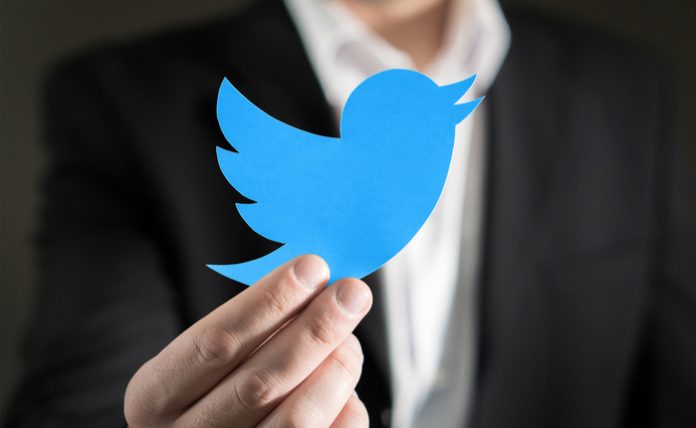Some people really don’t like 5G!
As revealed in BBC reports today, the Twitter platform is cracking down on some categories of speech that it considers dangerous and inflammatory – one of those is calls to actively damage or destroy telecommunications equipment…
Apparently, some users have been taking to the web to call for sabotage or destruction of 5G cellular systems, because they’re so convinced that 5G presents an active health threat.
Much has been made of the nonsensical assertion that 5G caused the coronavirus – but that’s sort of a straw-man for many consumer advocates who understand that concerns about 5G go far beyond its supposed ability to conjure up a virus.
The essential question is around the “millimeter wave” high-frequency waves that 5G uses as a means of boosting our telecommunications capabilities and giving us better broadband. Proponents of 5G do not deny that it increases the use of these wave-forms, but they (often vehemently) ridicule any assertion that these additional waves are going to be damaging to human health, saying that 5G is as safe as your home microwave oven.
However, it’s a good analogy, because microwave ovens themselves are often seen as significantly subjective in terms of health threats. Most of us would agree that if you stick your head in there and turn it on, that’s not going to be good for you – those asserting safe use would say that of course you can’t do that, because of the way the oven is made. But what if it leaks? And, then, in terms of 5G, what about 5G waves that are all around you? Many people would contend that it’s not ridiculous on its face to worry about the ubiquity of these types of waves, and that more study is needed. But others allay fears with analysis of various wave forms:
“Radio waves, visible light, and ultraviolet light are all part of the electromagnetic spectrum,” writes Peter Dazeley at Wired. “The higher-frequency parts of the spectrum, including x-rays and gamma rays, are what’s known as “ionizing radiation.” This is the scary kind of radiation. It can break molecular bonds and cause cancer. Millimeter waves and other radio waves, along with visible light, are considered non-ionizing, meaning they don’t break molecular bonds. They are higher frequency than traditional broadcast frequencies, but they’re still below the frequency of visible light and far below ionizing radiation such as shortwave ultraviolet light, x-rays, and gamma rays.”
Then there’s the fanfare made of the assertion that sunlight is “more dangerous” than 5G waves. It may be that ultraviolet light from the sun is more dangerous than 5G, but we already know that that causes melanoma and other serious health threats if not controlled. By contrast, telecom companies are asking us to give 5G a green light to be on all the time, so it makes sense that more vetting procedures would be needed.
“More serious academics don’t argue that people are already exposed to higher frequency visible light and even infrared which is used in TV remote controls,” wrote Vince Tabora at Hackernoon in 2018. “However the issue is that when you deploy a system of 5G small cells, they are continuously transmitting wireless signals that bombard its surroundings. Though 5G uses beamforming to concentrate signal transmission rather than broadcasts, critics will still want more evaluation and testing to verify the safety of 5G.”
There are two profoundly different ways to look at this, and the discrepancy between those who trust in health and safety agency ratings and those who don’t is likely to continue for a very long time.










